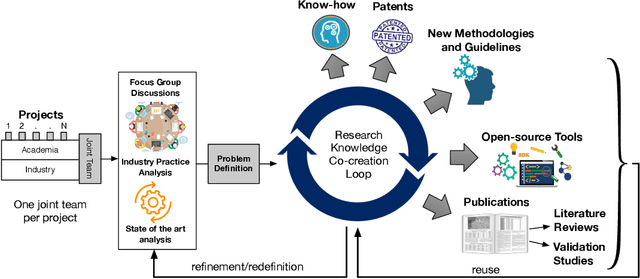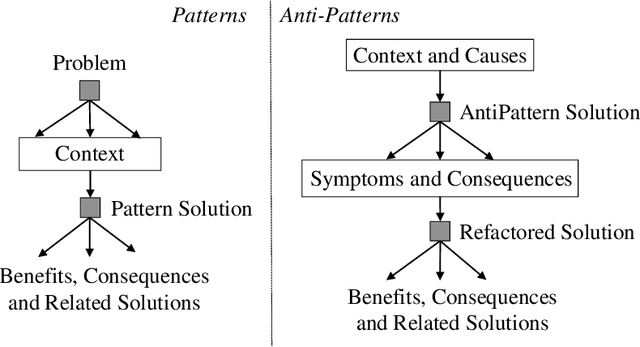Industry-academia research collaboration and knowledge co-creation: Patterns and anti-patterns
Paper and Code
Apr 29, 2022



Increasing the impact of software engineering research in the software industry and the society at large has long been a concern of high priority for the software engineering community. The problem of two cultures, research conducted in a vacuum (disconnected from the real world), or misaligned time horizons are just some of the many complex challenges standing in the way of successful industry-academia collaborations. This paper reports on the experience of research collaboration and knowledge co-creation between industry and academia in software engineering as a way to bridge the research-practice collaboration gap. Our experience spans 14 years of collaboration between researchers in software engineering and the European and Norwegian software and IT industry. Using the participant observation and interview methods we have collected and afterwards analyzed an extensive record of qualitative data. Drawing upon the findings made and the experience gained, we provide a set of 14 patterns and 14 anti-patterns for industry-academia collaborations, aimed to support other researchers and practitioners in establishing and running research collaboration projects in software engineering.
 Add to Chrome
Add to Chrome Add to Firefox
Add to Firefox Add to Edge
Add to Edge